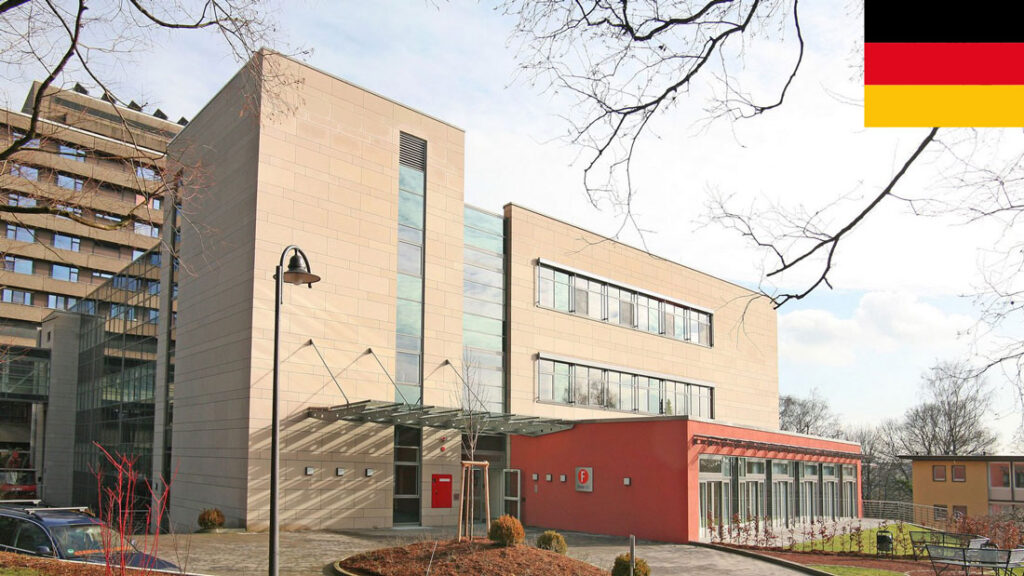Why Policymakers Must Prioritize Glaucoma Awareness Now
Glaucoma is often called the “silent thief of sight” because it progresses slowly and without noticeable symptoms until irreversible vision loss occurs. Despite being a leading cause of blindness worldwide, public awareness remains alarmingly low. Policymakers must act now to prioritize glaucoma awareness, early detection, and accessible treatment to prevent unnecessary vision loss and reduce the economic burden on healthcare systems.
The Growing Public Health Crisis of Glaucoma
Glaucoma affects over 80 million people globally, with projections suggesting this number will rise to 111 million by 2040. The disease damages the optic nerve, often due to increased intraocular pressure, and leads to permanent vision impairment if untreated. What makes glaucoma particularly dangerous is its asymptomatic nature in early stages—many people don’t realize they have it until significant vision loss occurs.
Key Facts About Glaucoma:
Given these statistics, the need for proactive policymaking is clear.
Why Policymakers Must Take Immediate Action
Policymakers play a crucial role in shaping public health strategies. By prioritizing glaucoma awareness, governments can:
1. Reduce Preventable Blindness
Many cases of glaucoma-related blindness can be avoided with early diagnosis and treatment. Public health campaigns, subsidized screenings, and mandatory eye check-ups for high-risk groups (such as individuals over 40, those with diabetes, or a family history of glaucoma) can make a significant difference.
2. Lower Healthcare Costs
Treating advanced glaucoma is far more expensive than early intervention. Vision loss also leads to increased disability claims, reduced productivity, and higher dependency on social services. Investing in awareness and early detection programs can save billions in long-term healthcare expenditures.
3. Address Health Disparities
Glaucoma disproportionately affects Black, Hispanic, and Asian populations, yet access to eye care remains unequal. Policymakers must ensure that marginalized communities receive equitable access to screenings and treatments.
How Policymakers Can Drive Change
To combat glaucoma effectively, governments and health organizations should implement the following strategies:
1. National Awareness Campaigns
Public education is key. Governments should fund campaigns that:
2. Subsidized Screenings and Treatment
Cost is a major barrier to eye care. Policymakers should:
3. Mandatory Eye Exams for High-Risk Groups
Incorporating glaucoma screenings into routine health check-ups for older adults and those with predisposing conditions can lead to earlier detection.
4. Support for Research and Innovation
Increased funding for glaucoma research can lead to better diagnostic tools and treatments. Policymakers should incentivize pharmaceutical and tech companies to develop affordable solutions.
The Role of Technology in Glaucoma Detection
Advancements in telemedicine and AI are revolutionizing glaucoma diagnosis. Portable tonometers and smartphone-based eye exams can make screenings more accessible, especially in rural areas. Policymakers should support the integration of these technologies into public health systems.
Conclusion: A Call to Action
Glaucoma is a preventable yet devastating disease that demands urgent attention from policymakers. By increasing awareness, improving access to screenings, and investing in research, governments can save millions from avoidable blindness. The time to act is now—before more people lose their sight to this silent epidemic.
Policymakers must recognize that prioritizing glaucoma awareness isn’t just a health issue—it’s an economic and social imperative. Let’s work together to ensure that no one loses their vision to a preventable condition.



